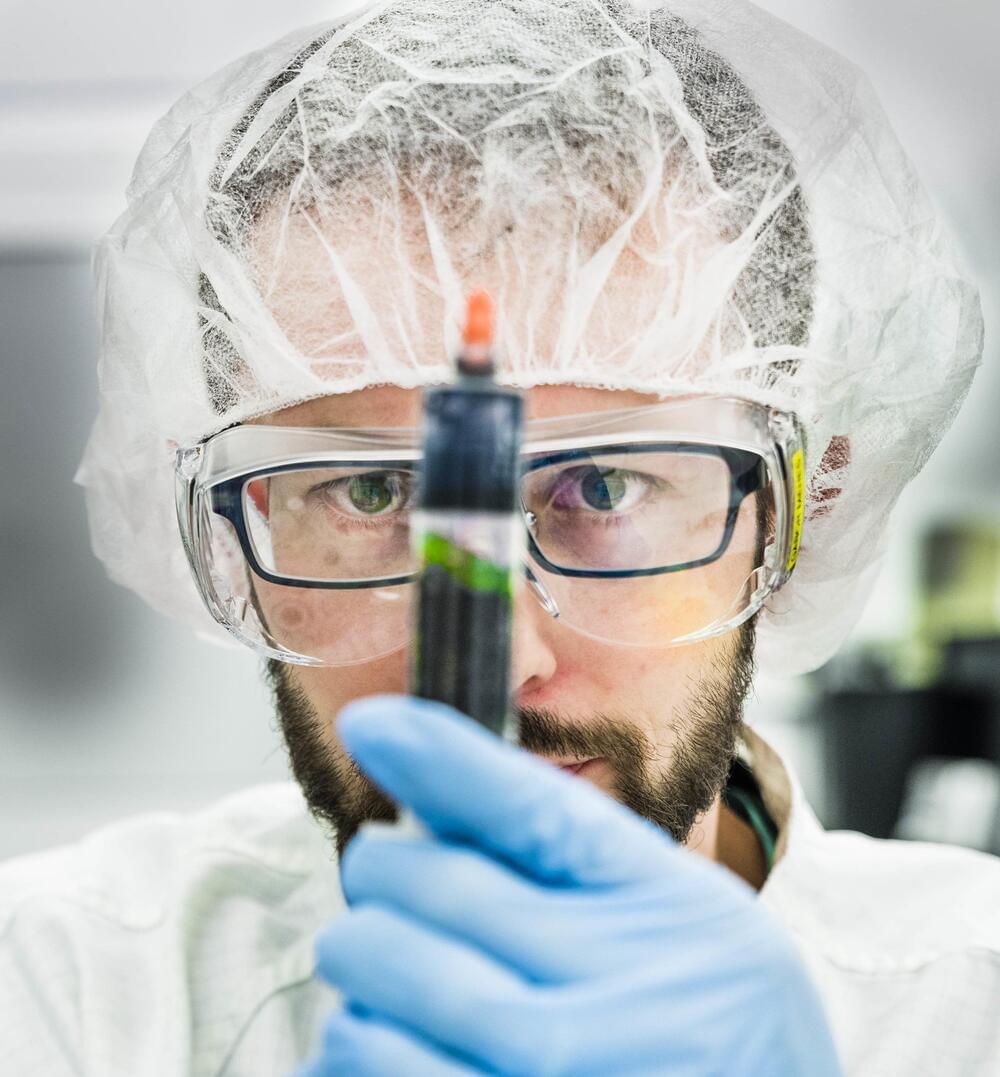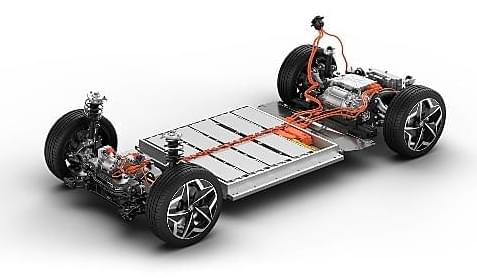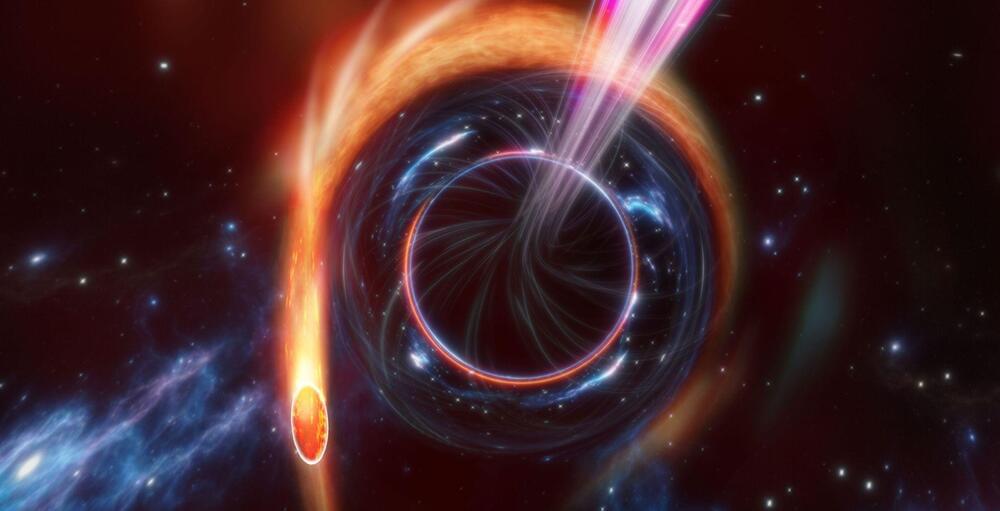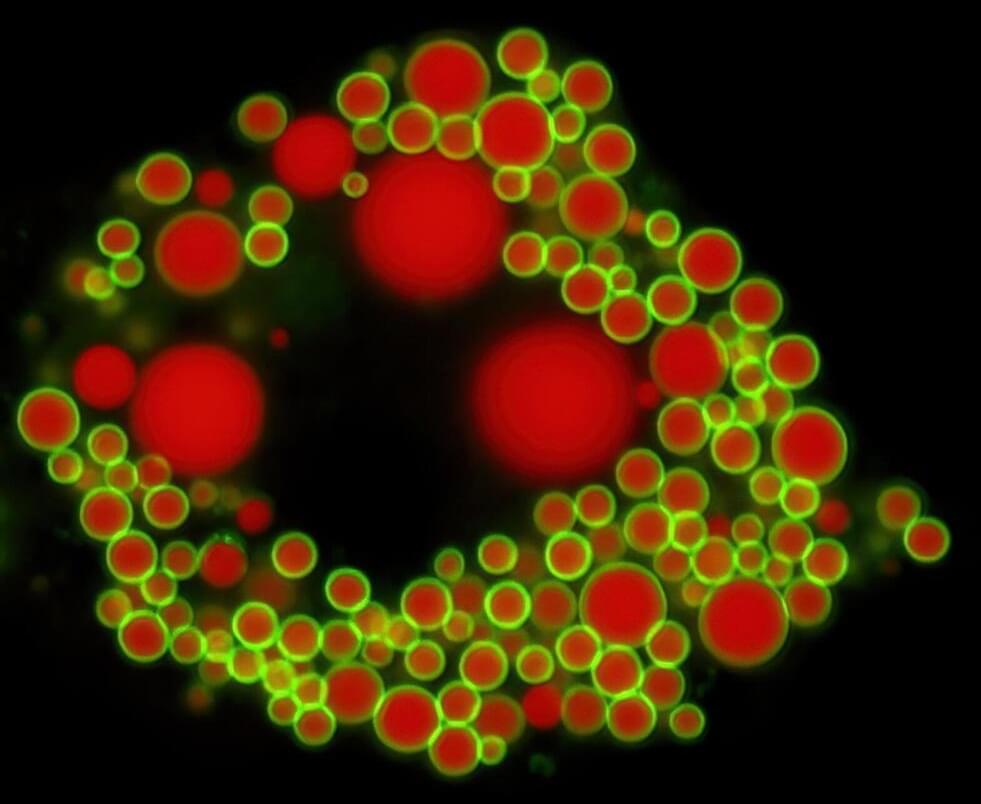
Researchers at the Laboratory of Organic Electronics, Linköping University, have together with colleagues at the Lawrence Berkeley National Laboratory in Berkeley, California, developed a method that increases the signal strength from microbial electrochemical cells by up to twenty times. The secret is a film with an embedded bacterium: Shewanella oneidensis.
Adding bacteria to electrochemical systems is often an environmentally sensitive means to convert chemical energy to electricity. Applications include water purification, bioelectronics, biosensors, and for the harvesting and storage of energy in fuel cells. One problem that miniaturisation of the processes has encountered is that a high signal strength requires large electrodes and a large volume of liquid.
Researchers at Linköping University, together with colleagues at the Lawrence Berkeley National Laboratory in Berkeley, California, USA, have now developed a method in which they embed the electroactive bacterium Shewanella oneidensis into PEDOT: PSS, an electrically conducting polymer, on a substrate of carbon felt.

















